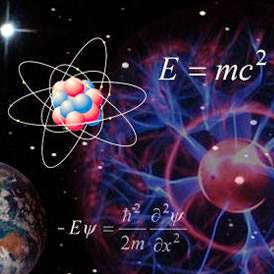 |
| Image Source: Ironically, The Wharton School of Business |
In the era of "alternative facts" (i.e. lies), it's good to go over the actual history of how we got a lot of the free trade agreements that did affect directly our labor force. However, the other thing that has and will continue to dwindle the amount of jobs Americans without a college degree can attain: automation, computer science and robotics. Not being "college material" is beginning to have slimmer and slimmer options.
Our representatives simply haven't thought much beyond their next election cycle how to resolve these problems. It's the blatant, political equivalent of "magical thinking," which makes you feel good for a moment and ultimately produces nothing. Demonizing people of color is far easier than working, apparently.
The impetus for NAFTA began with President Ronald Reagan, who proposed a North American common market in his campaign.
In 1984, Congress passed the Trade and Tariff Act. That gave the president "fast-track" authority to negotiate free trade agreements. It removes Congressional authority to change negotiating points. Instead, it allows Congress only the ability to approve or disapprove the entire agreement. That makes negotiation much easier for the administration. Trade partners don't have to worry that Congress will nitpick specific elements.
Canadian Prime Minister Mulroney agreed with Reagan to begin negotiations for the Canada-U.S. Free Trade Agreement. It was signed 1988 and went into effect 1989. NAFTA has now replaced it. (Source: "NAFTA Timeline," NaFina.)
Reagan’s successor, President H.W. Bush, began negotiations with Mexican President Salinas for a liberalized trade agreement between the two countries. Before NAFTA, Mexican tariffs on U.S. imports were 250 percent higher than U.S. tariffs on Mexican imports.
In 1991, Canada requested a trilateral agreement, which then led to NAFTA. In 1993, concerns about the liberalization of labor and environmental regulations led to the adoption of two addendums.
In 1992, NAFTA was signed by President George H.W. Bush, Mexican President Salinas and Canadian Prime Minister Brian Mulroney.
It was ratified by the legislatures of the three countries 1993. The U.S. House of Representatives approved it by 234 to 200 on November 17, 1993. The U.S. Senate approved it by 60 to 38 on November 20, three days later.
President Bill Clinton signed it into law December 8, 1993. It entered force January 1, 1994. It was a priority of President Clinton's, and its passage is considered one of his first successes. (Source: "NAFTA Signed Into Law," History.com, December 8, 1993.)
The Balance: The History of NAFTA and Its Purpose, Kimberly Amadeo

No comments:
Post a Comment